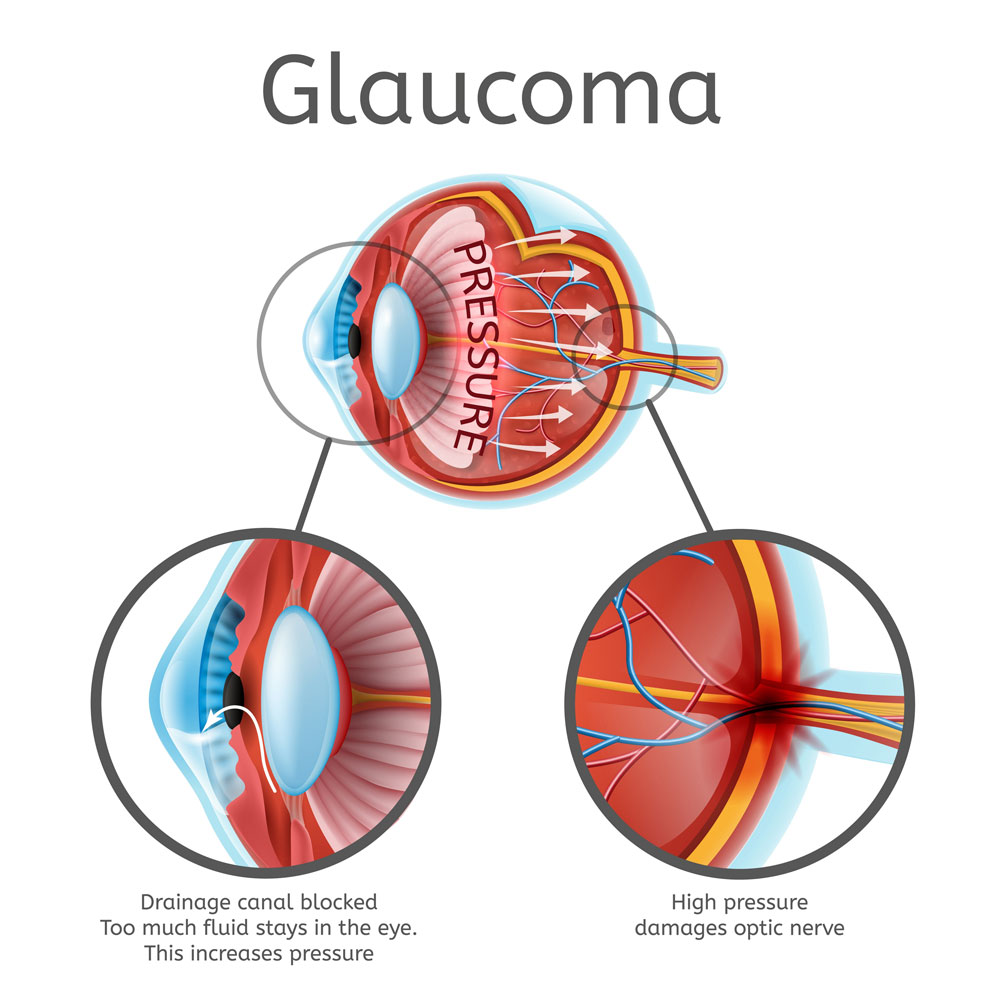Nearly 60 million people worldwide will be affected by primary open-angle glaucoma (POAG) in 2020. The condition, a leading cause of irreversible blindness, typically occurs in people > 40 years of age; risk increases with age. The condition is known to cause difficulty walking, particularly when lighting levels differ, such as on steps, or when crossing the street. Studies have shown that older people with POAG walk slower and are at greater risk of accidents compared to healthy counterparts; do worse on the Timed Up & Go (TUG) test; and face an increased risk of falls. In this study, researchers from Brazil sought to understand if early visual changes in POAG impair gait and mobility and increase the risk of falls.
The researchers compared spatiotemporal gait data from 33 participants with early-to-moderate POAG to data from 34 asymptomatic healthy participants. Using the GAITRite system of spatiotemporal analysis, they looked at velocity, cadence, step length, base of support, swing, stance, and double support times. Other testing included TUG, Five-Repetition Sit-to-Stand, and Dynamic Gait Index (DGI). The Physiological Profile Assessment was used to assess fall risk.
The researchers noted significant differences between the 2 groups in contrast sensitivity, proprioception, TUG, and DGI. They noted that this was the first study to use DGI in this patient population; the test examines 8 variables of the walking task, including speed changed, head turning, turns with stops, walking over and around objects, and walking up and down stairs. Fall risk was also greatly increased in the POAG group; indeed, 78.8% of the group had a mild-to-moderate physiological risk of falling. Specifically, POAG participants exhibited both mobility and sensory deficits that increase the risk of falling.
The authors conclude that adding the TUG and DGI to routine assessments could help reduce fall risk in this patient population.
Source: Gomes HA, Moreira BS, Sampaio RF, et al. Gait parameters, functional mobility and fall risk in individuals with early to moderate primary open angle glaucoma: a cross-sectional study. Braz J Phys Ther. 2018;22(5):376-382.









